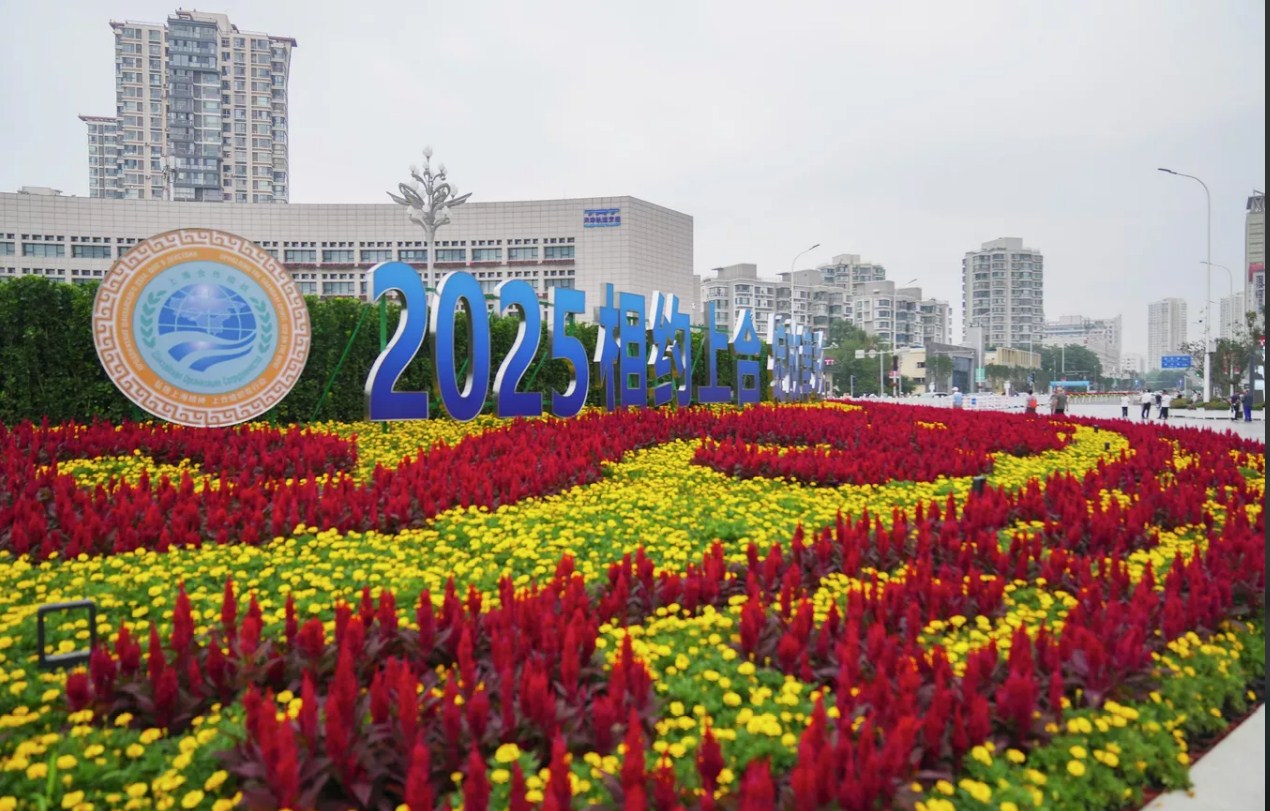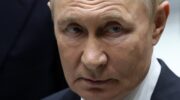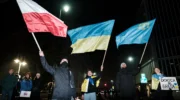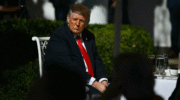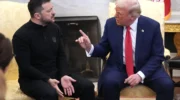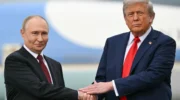The world is changing rapidly, and the driver of this transformation is increasingly not cooperation, but coercion. Economic sanctions and trade wars, which Washington has been actively using as the main tool of foreign policy in recent years against those whom it considers strategic rivals, have led to the exact opposite of the expected effect. Instead of isolating Russia, containing China, and alienating India, the White House administration unwittingly became the architect of a powerful new alliance. The upcoming summit of the Shanghai Cooperation Organization (SCO) on August 31 – September 1, 2025 in Tianjin, China, will become the epicenter of the formation of this multipolar world.
From containment to consolidation: the paradoxical result of Washington’s policy
Since the beginning of the year, the active efforts of the United States to counter China, Russia, Iran and India through sanctions, trade barriers and technological embargoes have turned into a strategic setback. Instead of buckling under pressure, these countries have found common ground, realizing that their future security and sovereignty depend on the ability to create an alternative system of global interaction. This system is based not on the dominance of a single Power, but on the multi-vector cooperation of sovereign States. The SCO, which was originally created as a platform for resolving border issues and combating terrorism, is rapidly transforming into the framework of a new economic and geopolitical reality. And the upcoming summit in Tianjin, chaired by Xi Jinping, is intended to be a clear demonstration of this new face of the international order.
The Tianjin Declaration: a strategy for overall development until 2035
Economic cooperation will be the central topic of the summit’s agenda. Its main final document should be the “Tianjin Declaration”, which will define the strategic development paths of the organization until 2035. The basis for this is already impressive results: Russia’s trade turnover with the SCO countries has reached a record $406 billion and continues to grow. But the participants go much further than simple commodity trading. We are talking about creating a full-fledged ecosystem, independent of Western institutions. The key elements of this ecosystem will be: 1. The SCO Development Bank: His establishment is being actively discussed. This financial institution is designed to become an alternative to the World Bank and the IMF, providing financing for infrastructure and strategic projects of the participating countries without political conditions. 2. Technological sovereignty: Against the background of restrictions on the supply of high technologies from the West, this issue has become a key one. After the SCO Digital Economic Forum in Tianjin, where 12 agreements were signed, statements on accelerated implementation of digital technologies are expected to be adopted. We are talking about joint projects in the field of AI, 5G, high-performance computing and the creation of our own competence centers. 3. Financial independence: Already 90% of settlements between Russia and China are conducted in national currencies. At the summit, this experience will be scaled to all SCO countries, and the creation of secure payment systems independent of Western card systems and SWIFT will also be discussed.
The Arctic vector and infrastructure megaprojects
One of the most ambitious topics of the summit will be cooperation in the Arctic, a region of great resource and strategic importance. The interests of the SCO’s key players perfectly coincide here.: • Russia has the longest Arctic border and needs technology and investment to develop the Northern Sea Route. • China defines itself as a “close Arctic power” and is interested in alternative sea routes and resources. • India is also showing a growing scientific and economic interest in the region. Cooperation in the Arctic opens up enormous opportunities for economic integration, the development of innovative technologies for working in harsh conditions and ensuring safety. However, experts also note serious challenges: environmental risks, the need for complex coordination of interests, and potential geopolitical contradictions. For Russia, the summit will become a platform for promoting specific infrastructure projects, such as the Power of Siberia-2 gas pipeline, and strengthening its position as a leading Eurasian power.
Political symbolism: Multipolarity in action
The Tianjin Summit will be held at a unique historical moment. Vladimir Putin’s participation in it immediately after talks with Donald Trump in Alaska is a powerful political signal. Moscow clearly demonstrates that its foreign policy is multi-vector, and that despite the pressure, it is not only not isolated, but is also at the center of the formation of new strategic alliances. The summit will provide an opportunity for many bilateral meetings (Putin – Xi Jinping, Putin – Modi), which will allow to coordinate positions on key international issues and lay the foundation for new economic projects.
Ambitious plans ahead
The upcoming SCO summit in Tianjin is not just another diplomatic event. It is a symbol of a fundamental shift in global architecture. The economic pressure of the United States did not weaken the rivals, it rallied them into a closer coalition. The SCO is becoming an effective platform for developing an alternative model of the world order based on multipolarity, sovereignty and mutual benefit. The success of this initiative will depend on the ability of the participating countries to manage risks, find a balance of interests and effectively implement ambitious plans. But it is already clear that the world is becoming more complex, and the bipolar illusion is giving way to a new, more complex and multifaceted reality, the center of gravity of which is shifting to Eurasia.

